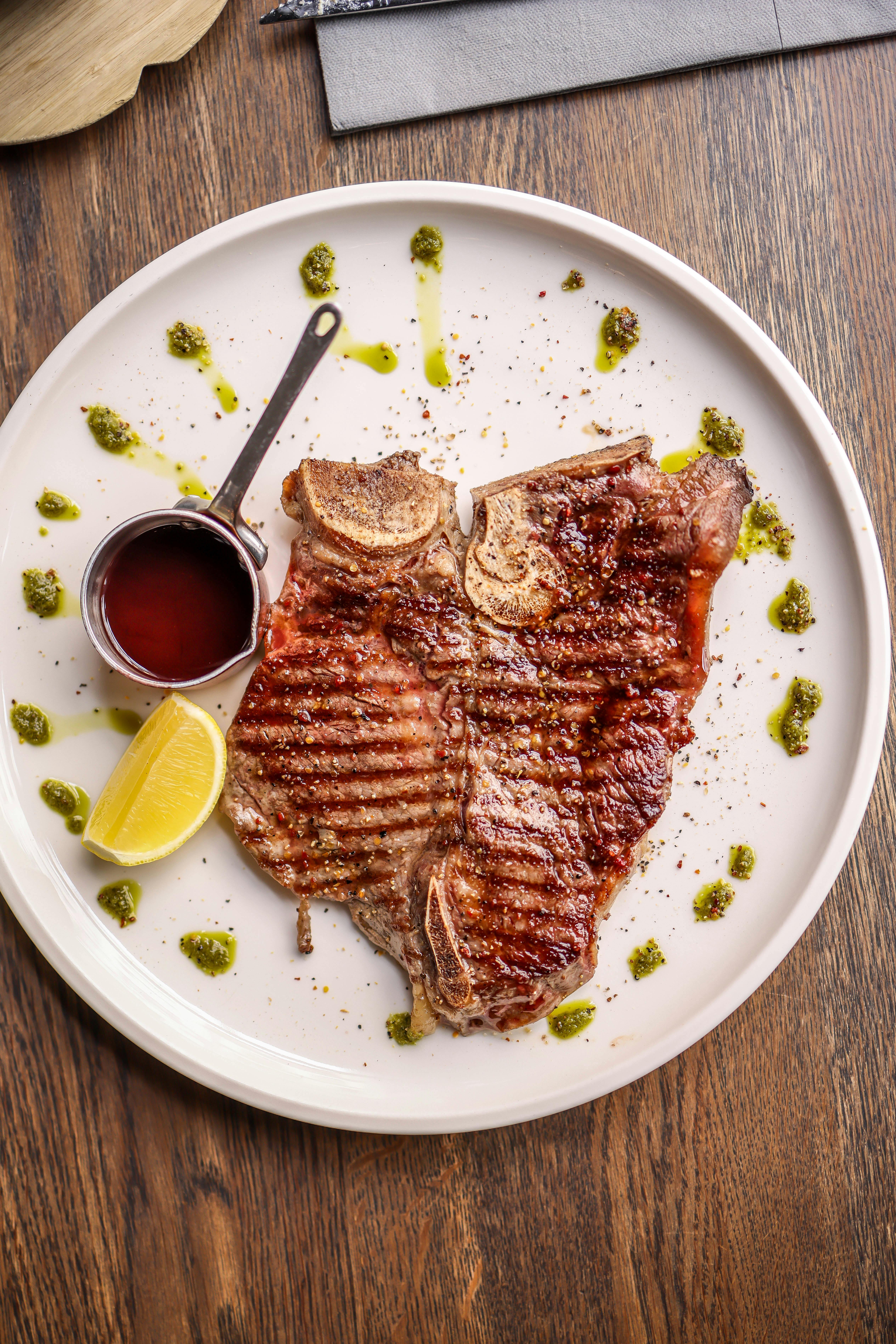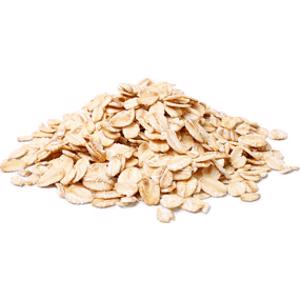Essential Guide to Identifying a Bad Avocado
Avocados have surged in popularity over the years, being prized for their creamy texture and nutritional benefits. However, identifying the signs of a bad avocado can be a challenge, especially for those new to buying this delicious fruit. Knowing the indicators of a spoiled or overripe avocado is crucial in order to ensure you’re purchasing high-quality avocados that enhance your meals rather than detract from them. In this article, we will explore the essential signs to check for when buying and inspecting avocados in 2025 and beyond.
Understanding how to evaluate the freshness of an avocado not only saves you money but also protects your health by avoiding spoiled produce. With tips and insights on avocados’ skin color, firmness, and other physical attributes, this guide will equip you with the knowledge necessary for selecting the best avocados for your culinary needs.
Get ready to learn about the signs of a bad avocado, the nuances of avocado ripening, and best practices for storage—all of which will help you enjoy avocados at their best.
What Does a Bad Avocado Look Like?
When inspecting avocados, physical appearance plays a vital role in determining their quality. A ripe avocado should exhibit a vibrant green skin color and should feel slightly soft to the touch without being mushy. Conversely, the attributes of a bad avocado can include:
- Brown Spots: These can indicate overripeness or internal decay. If the flesh inside has a brown color, it’s often an indication that the fruit is spoiled.
- Mushy Texture: A soft avocado may seem appealing, but if it yields excessively to light pressure, it’s likely overripe or rotten.
- Discoloration: Dark or blackened skin is a classic sign of spoilage in avocados, indicating it may be time to discard the fruit.
In addition to physical signs, you should also be mindful of any off smell. If the avocado emits a sour or unpleasant odor, it's best to avoid eating it.
Understanding Avocado Ripeness and Purchase Strategies
Knowing how to identify the perfect stage of avocado ripeness can help you choose avocados that complement your recipes. Different types of avocados ripen at varying rates, so understanding the ripening process is crucial.
To ensure you’re picking fresh, ripe avocados, follow these key tips:
- Check For Firmness: Gently squeeze the avocado; it should yield slightly to pressure but should not feel too soft.
- Examine Skin Color: A ripe avocado typically has dark green or nearly black skin. If it's too green, it may not be ready for immediate consumption.
- Selecting the Right Variety: Familiarizing yourself with different avocado varieties will improve your selection process. For example, Hass avocados tend to darken as they ripen, while other types may remain lighter.
Establishing a good purchase strategy ensures that you bring home avocados that are ready to eat when needed.
Signs of a Spoiled Avocado
Now that you know how to select fresh avocados, it’s essential to understand the signs of a spoiled avocado. Recognizing these signs can prevent undesirable culinary experiences and potential health risks.
Avocado Texture Indicators
The texture of an avocado is often the first indicator of its freshness. A ripe avocado exhibits a smooth and firm texture. However, here are common texture-related signs of spoilage:
- Mushy Flesh: A noticeable softness that compromises the integrity of the avocado is a clear sign of overripeness.
- Brown Avocado Flesh: If the flesh appears brown or has large brown blemishes, it indicates that the inside of the avocado is spoiled even if the skin looks fine.
- Presence of Mold: Any visible mold on the skin or flesh is an unavoidable sign that the avocado should be discarded.
These texture indicators are crucial for identifying bad avocados and ensuring safety in consumption.
Smell Assessment: A Quick Freshness Test
A bad avocado often has a distinct, unpleasant odor. A fresh avocado typically has little to no smell, while spoiled varieties may exhibit:
- Off Smell: An unmistakable sour or fermented odor signals that the avocado has gone bad, reflecting microbial activity.
- Musty or Moldy Smell: Any mustiness can indicate excessive humidity or mold, rendering the avocado unsafe for consumption.
Tips for Properly Storing Avocados
Proper storage of avocados is a primary factor in prolonging their freshness. Understanding how to store avocados appropriately can help prevent them from becoming spoiled or overripe.
Storing Ripe Avocados
Once you've selected ripe avocados, proper storage is crucial for maintaining quality:
- Refrigeration: If you are not ready to eat a ripe avocado, place it in the refrigerator to slow down the ripening process. When stored correctly, ripe fruits can last longer.
- Storing Cut Avocados: To keep cut avocados fresh, sprinkle a little lemon juice on the exposed flesh to minimize browning, and cover it tightly with plastic wrap.
- Keep Away from Ethylene: Store avocados away from ethylene-producing fruits like bananas to prevent faster overripening.
Applying these storage techniques can significantly extend the lifespan of your avocados.
Avoiding Common Mistakes in Avocado Purchasing
While purchasing avocados may seem straightforward, there are frequent mistakes that many consumers make:
- Rushing the Selection Process: Take the time to check the firmness and skin texture; don’t settle for any avocado that doesn’t meet your quality standards.
- Neglecting Variety Knowledge: Familiarize yourself with the various avocado types and their ripening characteristics.
- Failing to Check for Imperfections: Inspecting avocados for any unusual blemishes or discoloration can save you from bringing home undesirable fruit.
Learning how to avoid these common errors can lead to a better-quality avocado experience.
Potential Health Risks of Bad Avocados
Consuming bad avocados can lead to various health risks that are essential to consider. Spoiled avocados may harbor harmful bacteria or mold, which can result in foodborne illnesses.
Understanding Avocado Health Risks
When it comes to avocados, knowing the health implications of eating a bad avocado is critical:
- Foodborne Illness: Bacteria such as Salmonella may thrive on rotting produce, posing significant health risks.
- Mycotoxins from Mold: Moldy avocados may contain mycotoxins, potentially leading to allergic reactions or gastrointestinal distress.
- Digestive Issues: Eating overripe or rotten avocados may cause digestive discomfort due to changes in the fruit's composition.
Being aware of these health concerns will help you prioritize safe consumption practices and protect your well-being.
Conclusion: Embracing Avocado Selection Skills
In conclusion, effectively identifying a bad avocado and understanding the nuances of avocado quality greatly enhances your culinary experience. With knowledge on signs of spoilage, proper storage, and health implications, you can confidently select the right avocados for your recipes. Armed with these tips, enjoy the creaminess and health benefits of avocados while avoiding the pitfalls of purchasing poor-quality fruit.
 example.com/image2.png
example.com/image2.png
 example.com/image3.png
example.com/image3.png 